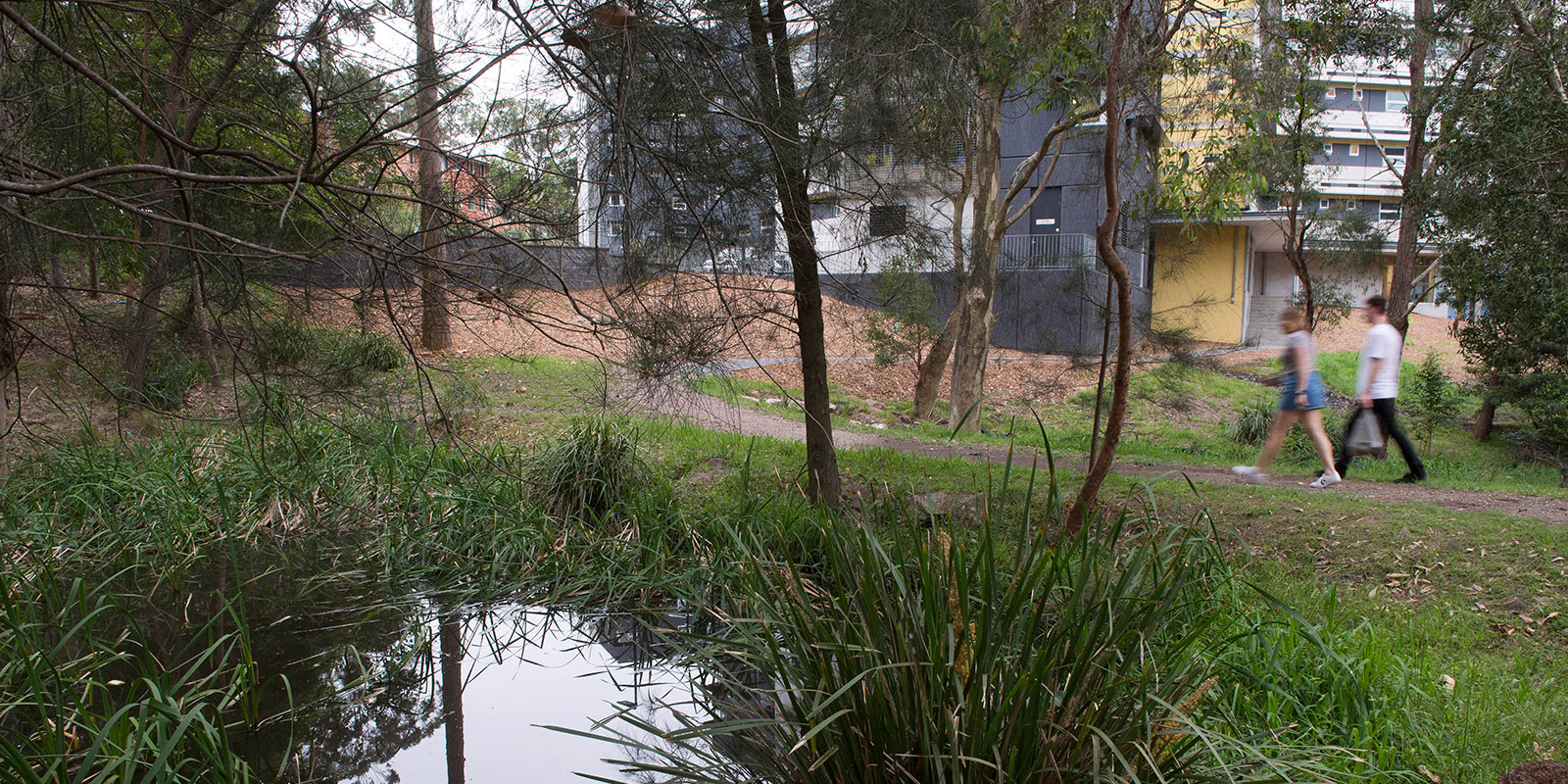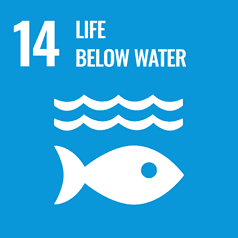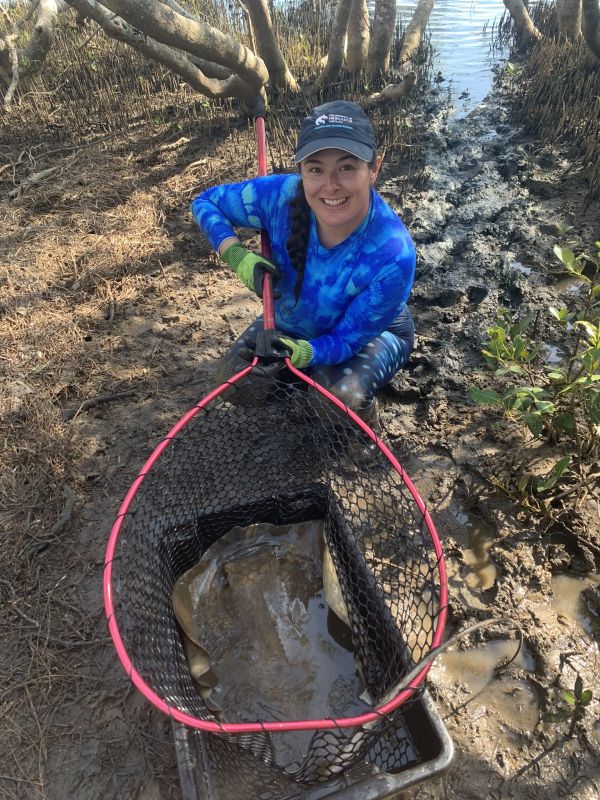

Goal 14:
Life Below Water
Monitoring the Health of Aquatic Ecosystems
The University of Newcastle actively monitors aquatic ecosystem health through research programs, partnerships, and community science initiatives.
One of our key contributions is through our involvement in REDMAP – the Range Extension Database and Mapping Project, a nationally recognised citizen science program tracking shifts in marine species distribution in response to environmental change.
- Associate Professor Troy Gaston is a member of the REDMAP Steering Committee, helping guide national marine biodiversity monitoring efforts.
- The project engages the public in reporting sightings of marine species outside their usual range — contributing valuable data on species movement, climate change impacts, and ecosystem shifts along Australia’s coastlines.
Scientists Unearth Stingrays’ Heavy Lifting Role in Estuaries
The essential role that stingrays play in estuaries is revealed by a ground-breaking study headed by PhD student Molly Grew of the University of Newcastle. According to the research, stingrays in Brisbane Water have the potential to move more than 21,000 tons of sand every year—a quantity comparable to the Great Sphinx of Giza. Due to their feeding and sleeping habits, this sand movement helps the estuary’s oxygenation, which is beneficial to a variety of marine life. The study, which was published in Remote Sensing in Ecology and Conservation, maps stingray feeding trenches and measures sand movement using drones, aerial photography, and 3D modeling. This novel method offers a thorough comprehension of the ways in which stingrays affect estuarine ecosystems. Since estuary stingrays are classified as near-threatened, a decrease in their numbers could result in less sand turnover, which would impact marine life and oxygen levels. Under the direction of Dr. Vincent Raoult and associates, the study emphasizes how crucial it is to preserve these species in order to preserve the health of estuarine habitats.

Additional Monitoring Initiatives
In addition to REDMAP, the University undertakes a wide range of aquatic health monitoring activities, including:
- Aquatic Ecotoxicology Research
Through the Coastal and Marine Science group, researchers examine the fate and effects of contaminants — such as microplastics, nutrients, and heavy metals — on estuarine and marine organisms, helping assess the biological health of aquatic systems. - 2024 Estuarine Soundscape Monitoring
In 2024, PhD-led research recorded extensive underwater acoustic data across NSW estuaries to monitor anthropogenic noise pollution and its effects on aquatic fauna — offering a novel method of ecosystem health assessment. - Pacific Node Ecosystem Collaboration
Through the Pacific Node in Samoa (established in partnership with SPREP), the University supports long-term monitoring of coastal ecosystems, particularly mangroves and coral reef-associated systems, helping guide resilience planning across Pacific Island nations. - Water Quality & Catchment Management
On campus and in regional NSW, the University supports stormwater monitoring, water-sensitive design, and catchment research, providing data to help prevent degradation and improve the ecological function of waterways.
Together, these projects reflect the University of Newcastle’s strong and ongoing commitment to monitoring, protecting, and understanding the health of aquatic ecosystems — both locally and throughout the broader Asia-Pacific region.

The University of Newcastle acknowledges the traditional custodians of the lands within our footprint areas: Awabakal, Darkinjung, Biripai, Worimi, Wonnarua, and Eora Nations. We also pay respect to the wisdom of our Elders past and present.